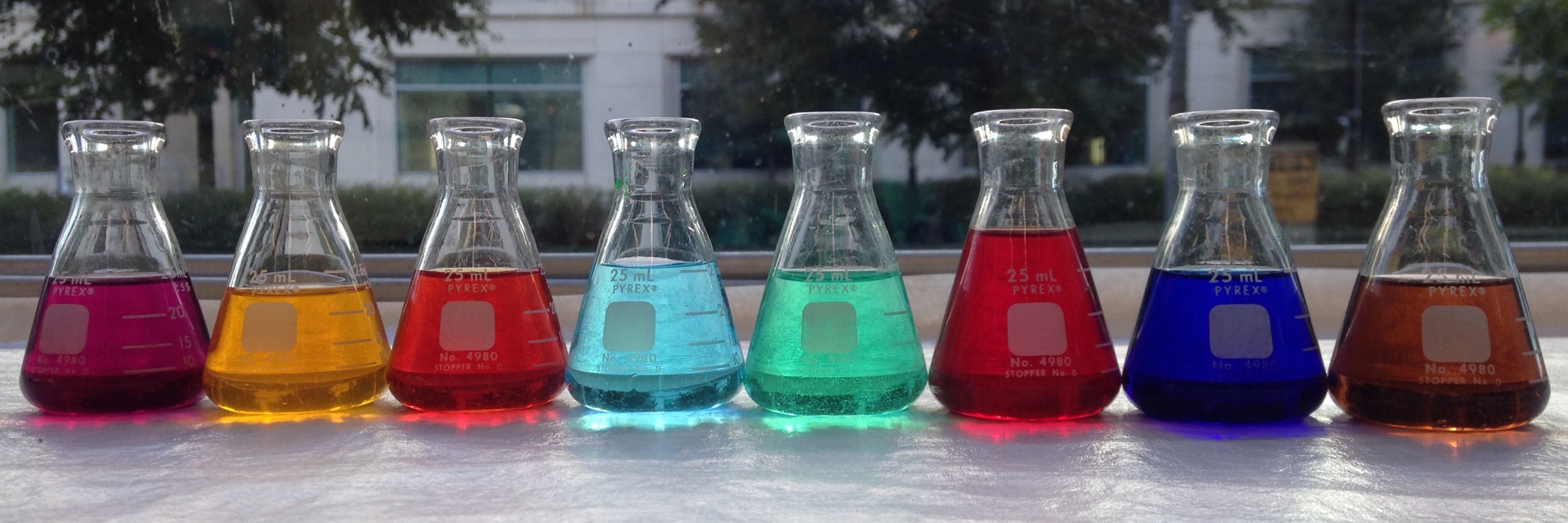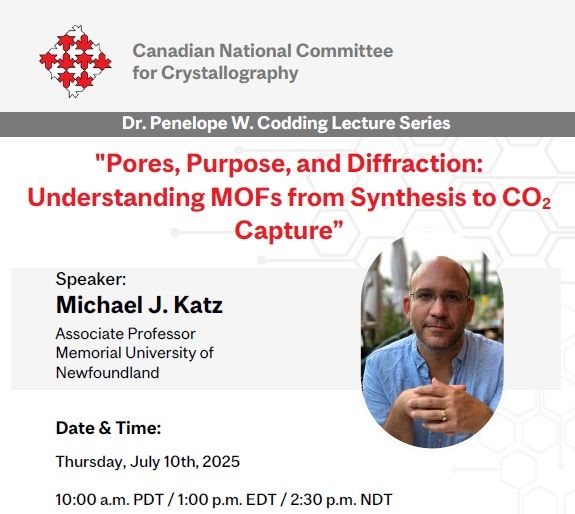
You can buy it here for $15: meitneriumpress.com
50% of profits will support undergrad education at the Cal Poly Pomona Crystallography Co-op.
#chemsky #chemchat

blogs.rsc.org/jm/2025/10/2...
blogs.rsc.org/jm/2025/10/2...





katzresearchgroup.com/Thesis.html
katzresearchgroup.com/Thesis.html
@memorialu.bsky.social, #MOFs
doi.org/10.1002/anie...

@memorialu.bsky.social, #MOFs
doi.org/10.1002/anie...

pubs.acs.org/doi/10.1021/...

pubs.acs.org/doi/10.1021/...
sciences-m.academickeys.com/job/8zo3uhms...
sciences-m.academickeys.com/job/8zo3uhms...
sciences-m.academickeys.com/job/8zo3uhms...

